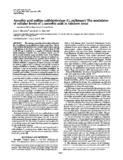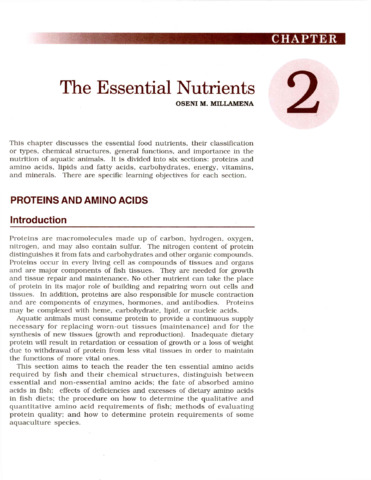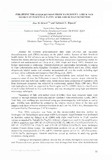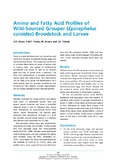Ascorbic acid sulfate sulfohydrolase (C2 sulfatase): the modulator of cellular levels of L-ascorbic acid in rainbow trout.
Share
Abstract
The enzyme L-ascorbic acid 2-sulfate sulfohydrolase (C2 sulfatase) was purified from rainbow trout liver. The enzyme catalyzes the hydrolysis of L-ascorbic acid 2-sulfate and has a pH optimum at 6.0. It has a molecular weight of about 117,500 at pH 5.0 and is inhibited by a number of sulfhydryl blocking agents including L-ascorbic acid. C2 sulfatase activity was observed in most metabolic organs of rainbow trout. These findings suggest that the physiologic role of the enzyme is to maintain adequate cellular concentrations of L-ascorbic acid in the fish. The activity of the enzyme is controlled by L-ascorbic acid through feedback inhibition. Comparison of kinetic constants and inhibition patterns suggests that C2 sulfatase is structurally identical to human arylsulfatase A. However, unlike C2 sulfatase, human arylsulfatase A may not be involved in ascorbate metabolism. Its physiologic substrate is reported to be cerebroside-3-sulfate, not L-ascorbic acid 2-sulfate. A scheme is proposed to account for the functional divergence of these two structurally identical enzymes.
Suggested Citation
Benitez, L. V., & Halver, J. E. (1982). Ascorbic acid sulfate sulfohydrolase (C2 sulfatase): the modulator of cellular levels of L-ascorbic acid in rainbow trout. Proceedings of the National Academy of Sciences , 79(18), 5445-5449. http://hdl.handle.net/10862/1124
Subject
Collections
- AQD Journal Articles [1248]
Related items
Showing items related by title, author, creator and subject.
-
The essential nutrients: Proteins and amino acids
Millamena, Oseni M. (Aquaculture Department, Southeast Asian Fisheries Development Center, 2002)This section aims to teach the reader the ten essential amino acids required by fish and their chemical structures, distinguish between essential and non-essential amino acids; the fate of absorbed amino acids in fish; ... -
Philippine thraustochytrids from mangroves: A rich new source of essential fatty acids for human nutrition
Oclarit, Jose M.; Hepowit, Nathaniel L. (Marine Science Institute, University of the Philippines, 2007) -
Amino and fatty acid profiles of wild-sourced grouper (Epinephelus coioides) broodstock and larvae
Alava, Veronica R.; Priolo, Flora Mae P.; Toledo, Joebert D.; Rodriguez, Jesus C., Jr.; Quinitio, Gerald F.; Sa-an, Analyn C.; de la Peña, Milagros R.; Caturao, Romeo D. (Australian Centre for International Agricultural Research, 2004)This study was undertaken to provide information on the levels of amino acids in the muscle, liver and gonad of wild-sourced broodstock and larvae, as well as in neurula eggs and day 35 larvae from a hatchery. The fatty ...




